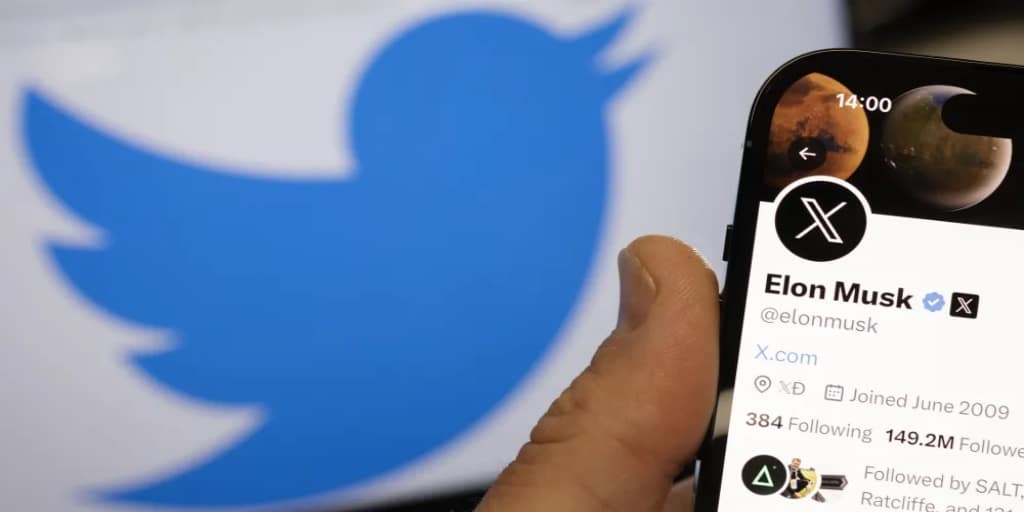Twitter remains a prominent player in the ever-evolving social media landscape, but how does it generate its revenue?
With its distinctive 280-character limit and real-time updates, Twitter has become a go-to platform for news, trends, and personal expression.
In this comprehensive blog post, we will explore the intricacies of Twitter's revenue streams, shedding light on the strategies that power this social media giant's financial success.
Understanding Twitter's Business Model
1. Advertising Revenue: The Backbone of Twitter's Earnings*
- Promoted Tweets: Twitter's most iconic advertising feature is Promoted Tweets. Marketers pay to have their tweets appear at the top of users' feeds, ensuring increased visibility.
- Promoted Trends: Brands can promote specific hashtags to appear in the list of trending topics. This prime placement allows them to leverage ongoing conversations and boost engagement.
2. Data Licensing and Other Revenue Streams
- Data Licensing: Twitter monetizes its vast pool of user data by licensing it to third-party companies. These companies leverage Twitter's data for analytics, sentiment analysis, and other valuable insights.
- Enterprise APIs: Twitter offers premium access to its APIs (Application Programming Interfaces) for businesses and developers. This subscription-based model provides enhanced functionality for organizations requiring extensive access to Twitter's data streams.
Key Strategies Behind Twitter's Revenue Generation
1. Targeted Advertising: Precision in Promotion
- Tailored Audiences: Twitter allows advertisers to target specific user segments based on demographics, interests, and online behaviour. This precision ensures that ads reach the most relevant audience.
- Engagement Metrics: Advertisers pay for engagement, ensuring they only incur costs when users interact with their content. This pay-per-engagement model aligns with Twitter's commitment to delivering value to advertisers.
2. Diversification of Ad Formats
- Video Ads: The rise of video content on social media is harnessed by Twitter through in-stream video ads. Advertisers can reach audiences through compelling video content seamlessly integrated into users' timelines.
- Carousel Ads: Twitter's Carousel Ads allow brands to showcase multiple images or videos in a single ad unit, enhancing storytelling and engagement opportunities.
3. International Expansion and Localized Advertising
- Global Reach: Twitter's global user base presents a lucrative opportunity for advertisers to expand their reach. The platform's efforts to cater to diverse markets contribute significantly to revenue growth.
- Localization Strategies: Twitter's ability to adapt its advertising features to local languages and cultural nuances enhances its appeal to advertisers worldwide.
Challenges and Future Directions for Twitter's Revenue Model
1. User Growth and Monetization Balance
- Balancing Act: As Twitter focuses on user growth and engagement, maintaining a delicate balance with monetization efforts is crucial. Striking the right equilibrium ensures a positive user experience while driving revenue.
2. Adapting to Industry Trends
- Ephemeral Content: The popularity of ephemeral content on platforms like Instagram and Snapchat poses both challenges and opportunities for Twitter. Adapting to changing content consumption habits is essential for sustained revenue growth.
- E-commerce Integration: Exploring deeper integration with e-commerce functionalities could open new revenue streams for Twitter. Features like in-app shopping and direct purchasing can enhance user experience and boost advertiser interest.
3. Technological Innovations and Revenue Potential
- AI and Predictive Analytics: Twitter's investment in artificial intelligence and predictive analytics can revolutionize its ad targeting capabilities. Harnessing these technologies can offer advertisers more effective and personalized promotional opportunities.
- Blockchain and Decentralization: Exploring blockchain technology for enhanced security and transparency in ad transactions could be a future avenue. Decentralized models might redefine how advertisers interact with Twitter's user base.
- Twitter's advertising revenue is expected to grow to $6.0 billion in 2023.
- Twitter's data licensing revenue is expected to grow to $1.0 billion in 2023.
- Twitter's subscription revenue is expected to grow to $0.5 billion in 2023.
- Twitter's commerce revenue is expected to grow to $0.2 billion in 2023.
- Twitter's licensing revenue is expected to grow to $0.1 billion in 2023.
| Revenue Streams | 2022 | 2023 (Estimated) |
|---|---|---|
| Advertising | $5.08 billion | $6.0 billion |
| Data licensing | $211 million | $1.0 billion |
| Commerce | $149 million | $0.2 billion |
| Other revenue streams | $72 million | $0.1 billion |
| Total revenue | $5.52 billion | $7.8 billion |
Conclusion: The Dynamics of Twitter's Revenue Ecosystem
As we delve into the intricacies of Twitter's revenue model, it becomes evident that advertising, coupled with strategic data monetization, forms the core of its financial success. The platform's adaptability to industry trends, commitment to user experience, and exploration of emerging technologies position it for continued growth.
In the dynamic landscape of social media, Twitter's ability to balance innovation with revenue generation will be pivotal. As the platform navigates challenges and embraces new opportunities, its role in shaping the future of digital advertising remains significant.
For businesses and marketers, understanding Twitter's revenue strategies is not merely an academic exercise; it's a roadmap for leveraging the platform effectively.
The evolving landscape of social media revenue models presents exciting possibilities, and Twitter, with its distinctive position, is well-positioned to maintain its relevance in this dynamic domain.




















